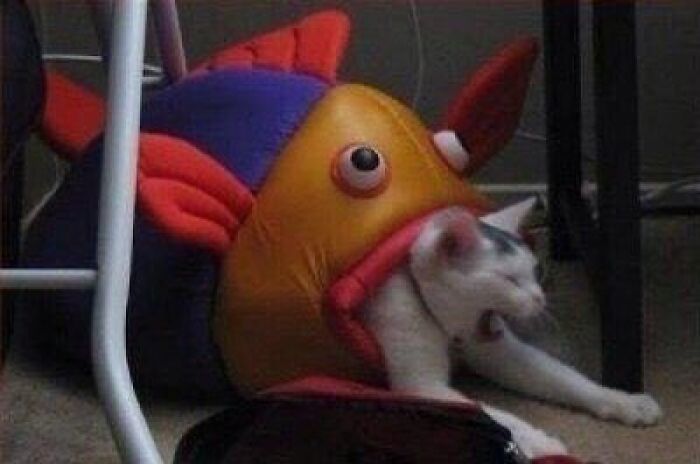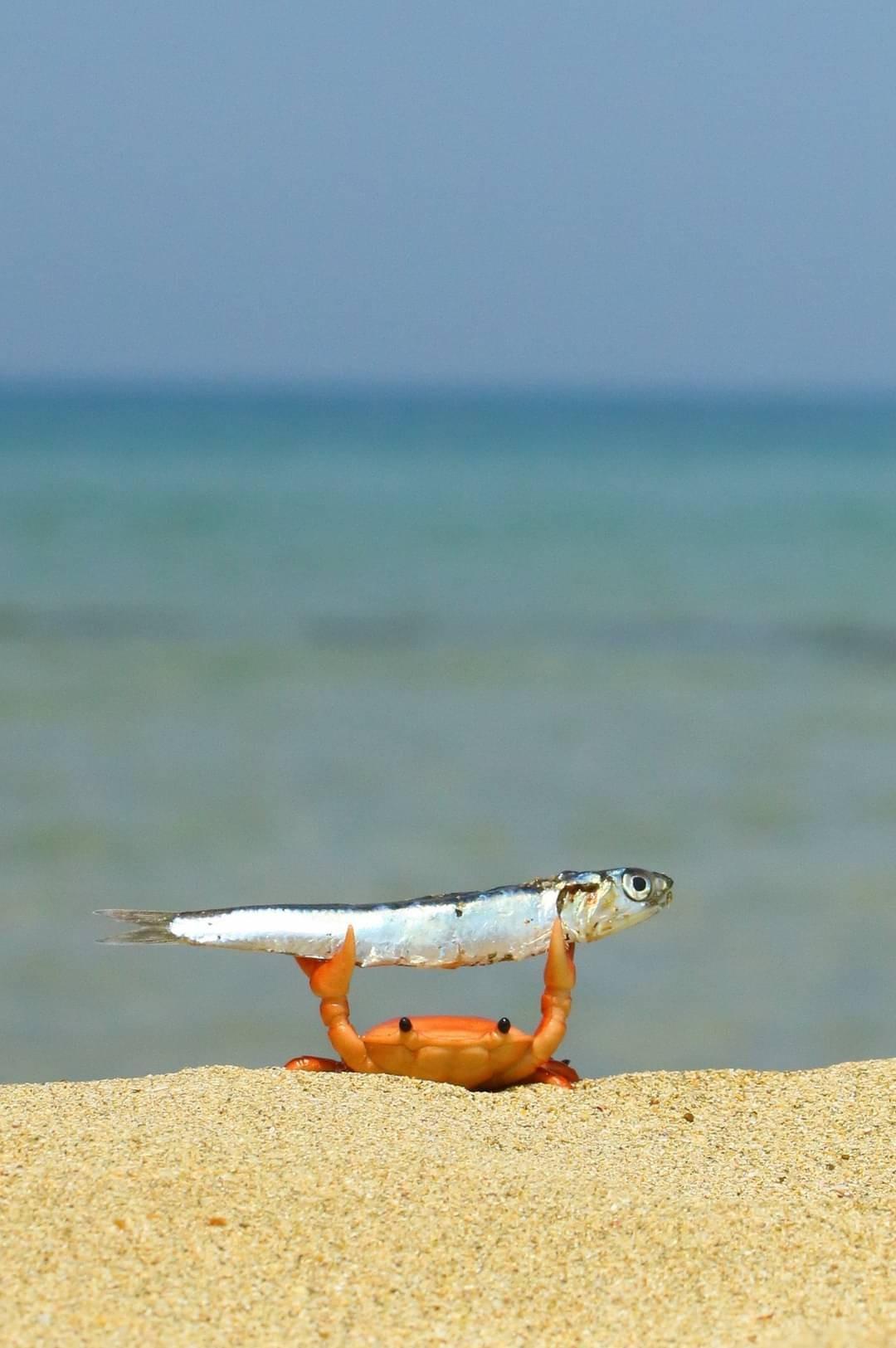
For our final meeting
- start with your Theory of Change framework / plan
- detail challenges, changes, and “scrappy” characteristics of your effort
- summarize the results
- reflect on
- did the theory (theory of change framework) help; positives and negative
- biggest challenges of the effort
- proudest moments
- saddest moments
- pearls of wisdom for future students in this class with similar projects
2. Input and Thoughts from LLI Group
3. Forward
- practical details for the near future
- summer efforts required?
- documentation organized for Fall ’23 work (Kahlil, Logan)
3. Hugs and tearful goodbyes
Tuesday, May 2 10-1pm: Posters in Atrium (with Remote Sensing Projects)
- Please attend whatever parts of this you can
- LLI invited!
- I think there is lunch
- I think HS councellors are invited. Maybe some other dignitaries
Tuesday, May 9 at Noon: the final write up: details on Evaluation page


